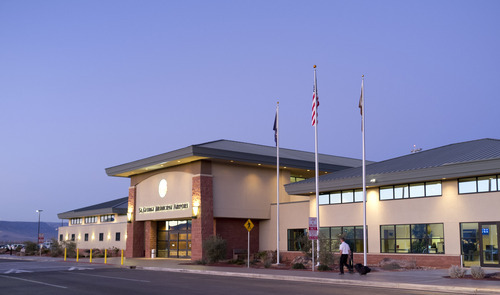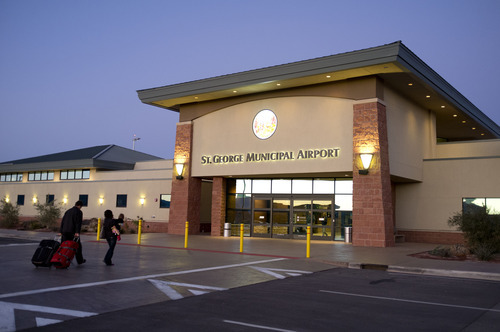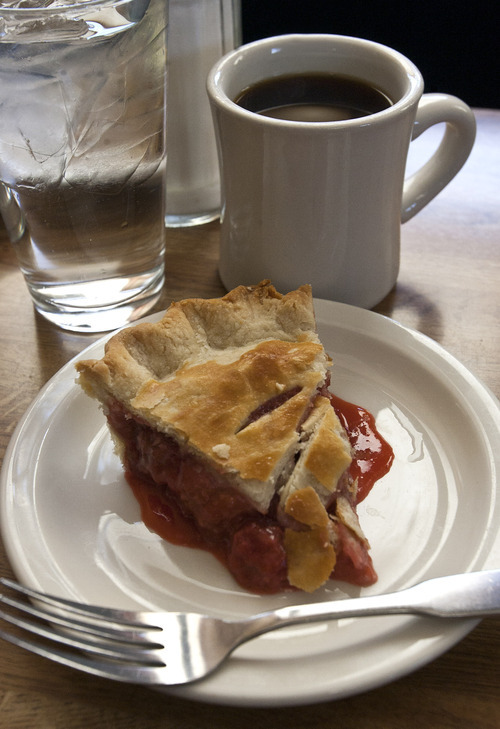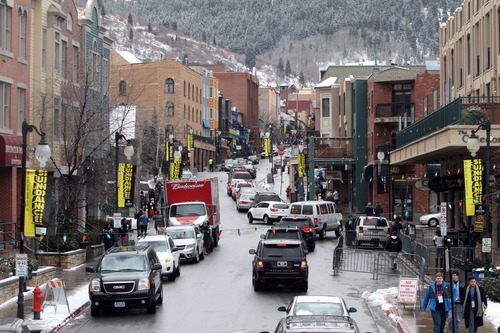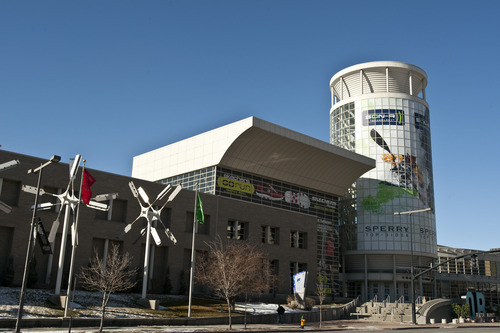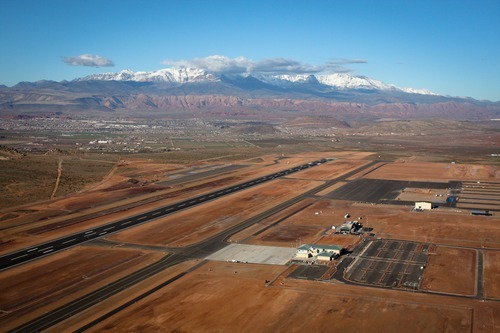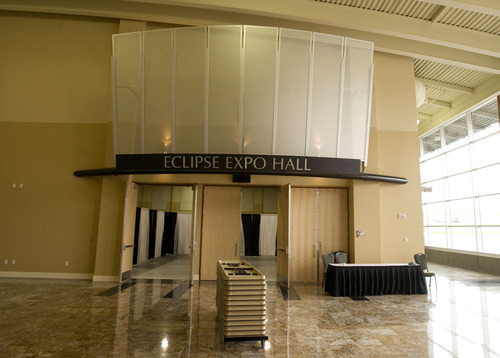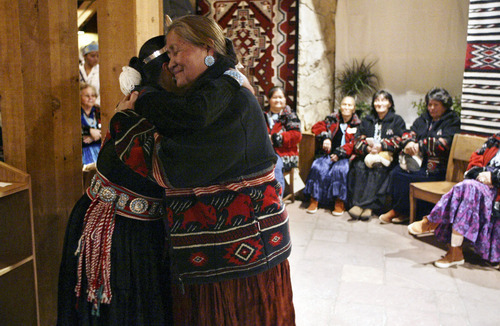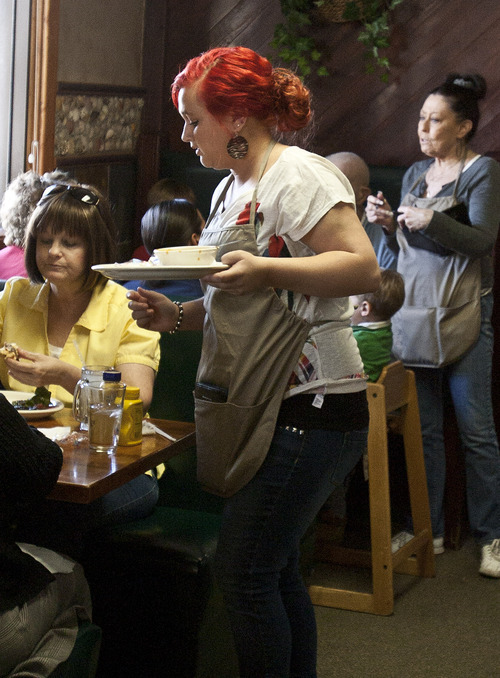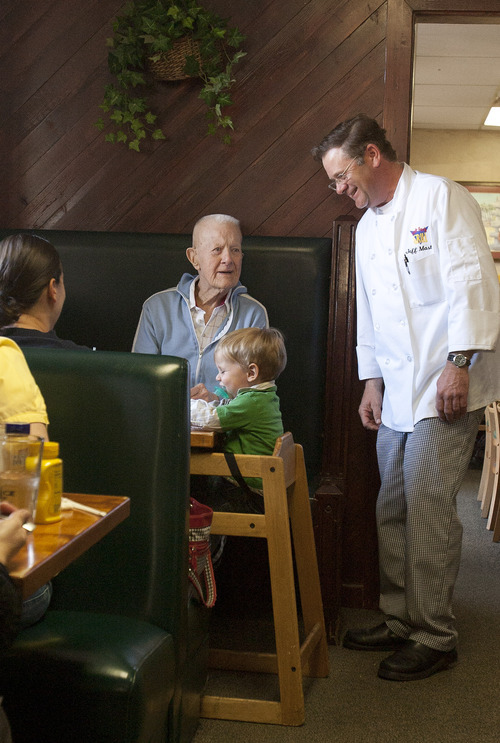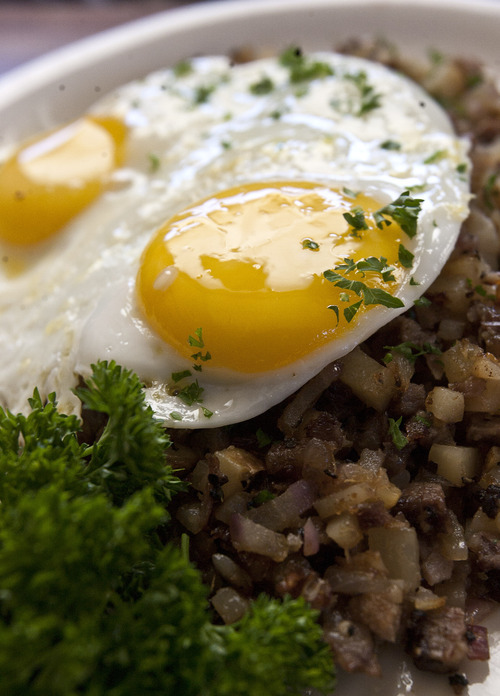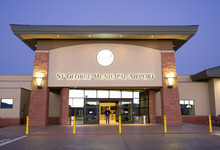This is an archived article that was published on sltrib.com in 2012, and information in the article may be outdated. It is provided only for personal research purposes and may not be reprinted.
It's the lunch rush at Left Fork Grill in Murray. One of the owner's recommendations — a spinach, bacon and Gruyère omelette with coffee and a slice of raspberry cream pie — will set you back $14.13.
You'll pay an additional 14 cents to cover Salt Lake County's tax on restaurant meals. And you might be surprised to learn where the money goes.
Left Fork Grill owner Jeff Masten collects $900 to $1,000 per month in restaurant tax revenue, which he — and about 2,000 other Salt Lake County restaurateurs — forwards to the state Tax Commission. The special 1 percent sales tax on restaurant food and drinks eventually contributes about $16 million to county coffers per year.
From Masten's point of view, the tax has not hurt his business since the eatery at 68 W. 3900 South opened five years ago.
"Taxes are a lot like gas prices," the chef-turned-restaurant proprietor said during a recent mid-morning lull. "When they go up, it gives us a reason to bitch, but we still fill our tanks up with gas.''
Created 20 years ago to help pay to build convention space and enhance Utah's appeal as a tourist destination, the restaurant tax has grown in reach, how much it raises and what it funds. Now collected in 27 of Utah's 29 counties, the surcharge generates cash for an astonishing array of cultural sites, recreational programs, civic and arts groups, parks and open space, community events, fairgrounds and big-ticket construction projects.
—
Persistent complaints • The tax also is the subject of persistent lobbying, complaints from restaurants and even legal action claiming the tax is unfair.
Restaurant taxes are by far the largest earners among several optional sales taxes counties and municipalities are allowed by state law to impose, under the broad banner of funding tourism, recreation, cultural and convention facilities, aka TRCC taxes. Other county-option TRCC taxes include up to 3 cents on every dollar spent for hotel and motel rooms and a similar tax on vehicle rentals.
The tax — "on all sales of prepared foods and beverages sold by restaurants for immediate consumption,'' according to Utah's tax code — raises about $34 million statewide per year. Only Millard and Piute counties don't charge the tax.
As a funding source, restaurant tax revenue in Utah has been resilient. Cash from the tax has grown steadily since 2000, posting its first year-to-year dip in 12 years with the 2009-2010 economic downturn.
—
Where the money goes • Supporters say the revenue lets them bolster a range of local attractions they consider crucial to drawing visitors and their bucks, while solidifying the economic impact of tourism as one of the state's most lucrative industries.
Like a growing number of counties, Davis County devotes tourism-tax dollars — restaurant tax money included — to paying off bonds that helped build a brick-and-mortar magnet for convention events. Convention halls similar to the Davis Conference Center in Layton have been built or expanded across the state using dollars charged to diners, including sparkling facilities in Ogden, Provo, St. George and Salt Lake City.
Davis County devotes about $1.8 million a year on debt service and operations for its 70,000-square-foot conference center, which officials see as a showcase for visitors and a boon to the regional economy.
"We are looking for the greatest return on investment,'' said Davis County Commissioner Brett Millburn, noting that an advisory board vets all restaurant-tax spending requests. "We look at increases in visitorship at various sites in the county, numbers of individuals staying in our hotels, folks eating in our restaurants."
—
Application of the tax varies • Yet a wide range of restaurant-tax critics — some of whom are challenging its legality in court — contend the tax is arbitrary, unfair and has veered dramatically away from its original intent.
"The problem is that it's a revenue stream that is largely unregulated and the counties don't want to give it up,'' said Greg Gruber, an owner of seven McDonald's franchise stores in Utah.
"Eighty-eight to 90 percent of people in restaurants are locals — folks with a Utah driver's license,'' Gruber said. "We are taxing ourselves, and we are doing it in a very unfair way by concentrating on a single industry.''
Debate over the tax has come into focus in recent years as economic hard times continue to hit government budgets, shrinking property tax bases and putting intense financial pressure on county leaders across the state. In some cases, elected officials have gotten clever with the revenue.
Utah County is using several million dollars in restaurant and other tourism-tax monies to refurbish its Provo courthouse, as well as fund its bookmobile program. County Clerk-Auditor Brian Thompson acknowledges there has been give and take on how the funds get spent.
"We watch that they don't get too creative with that money,'' Thompson said of dealings on the issue with county commissioners. "If they try to draw that line too liberally, we have to point that out to them.''
Salt Lake County uses the funds to heavily subsidize its county recreation budget and pay for a long list of capital-improvement projects. The county recently put $2 million in tourism tax money toward construction of University of Utah football practice facilities and gets to use them for its youth athletic programs.
Washington and Utah counties are spending the discretionary sales taxes to upgrade airport infrastructure, after a 2008 tweak in tax code allowed that. The improvements have cleared runways for expansion of commercial air service to both areas.
Summit County doles out restaurant taxes to events, arts groups, nonprofits and small-town community festivals, from advertising for the world-renowned Sundance Film Festival to gun-range improvements for the Kamas Valley Lions Club and promotion for the Utah Paint Horse Club in Oakley.
Peggy Marty, a horse club member, said the group's July competition brings about 180 to 300 people to town.
Many counties also tap restaurant tax money for facility upkeep and operations of their annual county fairs.
—
Lawsuit filed • A spokesman for the Utah Association of Counties said he's not surprised spending of restaurant taxes and other tourism-related money is so varied, given the diversity of what counties in Utah have to offer.
"These are locally elected officials,'' association director Brent Gardner said, "and they know what's best at bringing people in.''
These assorted uses, although permitted under state law, irritate many restaurant proprietors, who operate businesses with some of the thinnest profit margins in the retail sector. But it is the way the money is gathered, rather than how it's spent, that has drawn the heaviest fire from restaurant and tax lobbyists.
"Pennies matter to the restaurant industry,'' said Melva Sine, head of the Utah Restaurant Association. "Tourists buy things at malls and go see attractions, but none of those facilities have a tourism tax. We don't have a problem with tourism. It's the unfair imposition of taxes.
"Just because you bought it in a restaurant,'' said Sine, "you pay more.''
The restaurant association joined the Utah Taxpayers Association in 2010 in suing Utah County over the restaurant tax, claiming the surcharge violated equal protection provisions of the Utah and U.S. constitutions by levying different tax rates on the same goods, depending on where they were purchased. The suit has since expanded to include all 27 counties that use the tax, with county officials arguing that any legal action should instead be aimed at the Utah Legislature, which created the funding mechanism.
Meanwhile, attempts to modify the restaurant tax surface less frequently on Capitol Hill now than in its early years. None emerged during the 2012 legislative session.
After 20 years of using it, county officials portray the tax as a mainstay of their budgets, especially in light of debt obligations it funds. More to the point, they say, it is hardly noticed by local or out-of-town restaurant customers but produces a cash stream with broad advantages.
``It is a holistic and very logical tax,'' said Erin Litvack, director of community services for Salt Lake County. "People view what it pays for as important components of the quality of life in their community, and they see a direct benefit to themselves from this tax.'' —
Lawsuit: Restaurant sales tax 'arbitrary'
In a 2010 legal challenge, the Utah Restaurant Association and Utah Taxpayer Association claimed the state's county-option 1 percent sales tax on restaurant meals is "arbitrary, irrational and discriminatory," under the argument that identical prepared food items purchased at different establishments are subject to different tax rates. Originally filed against Utah County on behalf of an Iceberg Drive Inn owner, the lawsuit now involves all 27 of Utah's 29 counties that charge the tax.


